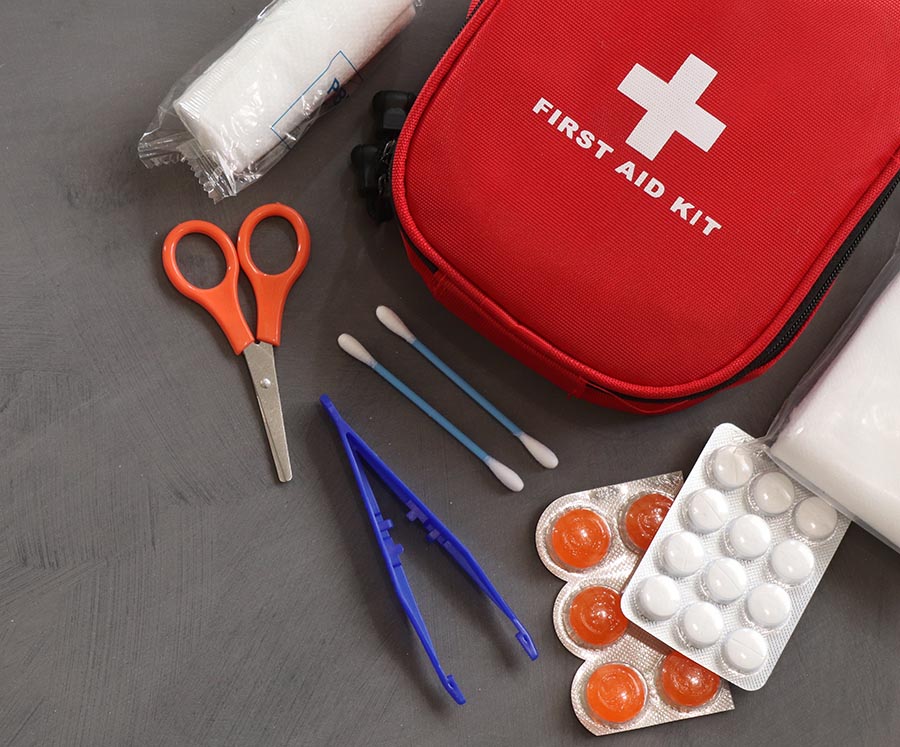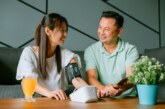
A lot of things can cause burns and scalds at home, from hot liquids and cookware to steam, open flames, and chemicals. Your skin can also get burned if you’ve been overexposed to the sun’s rays, such as while tending to your garden or lounging around on the beach.
Fortunately, minor burns and scalds can easily be treated at home. While some cases may require emergency care, such as those that affect your eyes, mouth, or genital areas, most will respond to basic first aid. Here are some things you should do to prevent small burns from getting worse:
Stop the Source of the Injury
One of the human body’s instincts is to remove itself from whatever is causing it harm. However, there may be times when someone is unable to do so. For example, a panicking child may not fully understand what’s happening to them. At times, the shock of an injury may result in loss of consciousness, or an existing condition may prevent a person from feeling pain and recognizing exposure to a hazard.
Thus, your first response should be to stop the process. Depending on the situation, you should either prioritize stopping the source or removing the person from the area. If the burn is caused by a small fire, it may be wise to extinguish it first so you don’t get burnt as well. Make sure to practice proper techniques so as not to make the fire worse.

Cool the Burn or Scald
The next immediate step in burn first aid is to cool the injured area using cool or lukewarm running water. Do this for about 10 to 20 minutes. For burns or scalds on the face, apply a clean cloth dampened with cool water; as soon as the cloth feels dry or loses its cooling sensation, dampen it again and reapply until the initial pain eases. For scalds within the oral cavity caused by hot food or beverages, let a piece of ice melt inside the mouth.
For burns or scalds on the skin, the application of ice-cold water is inadvisable because it can damage the tissue even more. Any greasy substances like creams or oils are also not recommended because these will keep the heat in. Sometimes, these may also lead to infections.
Treat the Pain With OTC Medication
Burns and scalds are painful. If it becomes unbearable, over-the-counter pain medication may help reduce the aches. The good thing is that you can buy medicine like paracetamol or ibuprofen from trusted pharmacies at any time. Ideally, however, you should have a stock of these painkillers in your home first aid kit.
For maximum effectiveness and safety, make sure to follow the usage instructions with regard to dosage and frequency. In addition, NEVER give aspirin to children who are 16 years old or younger. This is because pediatric patients are at risk of developing Reye’s syndrome if they take aspirin when they have a viral illness.

Remove Clothing and Jewelry
If you can, remove any piece of clothing near the burned or scalded area. If moving a body part is necessary to remove the clothes but the patient is in pain, try cutting the garment off instead. For babies and toddlers, take off their diapers immediately. If any piece of fabric is stuck to the skin, don’t force its removal to prevent the skin from tearing.
Jewelry like rings and necklaces should also be removed. Burned or scalded skin can swell quickly depending on the severity, so you want to avoid these accessories from getting stuck. Of course, remember to be gentle so as not to scratch or scrape the affected skin.
Apply a Light Lotion
Once the burn or scald is appropriately cooled, apply a non-greasy lotion to the area to provide relief. A popular choice is aloe vera gel. Only do this for first or and second degree burns.
Tips for Chemical Burns
Most chemical burns, such as those caused by acid, usually require medical attention. It’s best if you can identify the chemical that caused the burn so that the emergency responders can provide the correct treatment.
While waiting for help, wash or brush off the chemical from the skin and remove any contaminated clothing to prevent further burns.
Tips for Burns or Scalds on the Face or Eyes
It’s best to sit up while waiting for treatment for burns or scalds on the face or eyes to help reduce swelling. Even if you aren’t feeling a lot of pain, try to avoid lying down for a while.
Tips for Sunburns
For sunburns, the best immediate treatment is to get out of the sun (remember: stop the burning process). Then, take a cool shower to soothe the skin and then apply a light aftersun lotion or gel to moisturize. Again, don’t use anything creamy, oily, or greasy so you don’t trap the heat of the skin.
A sunburn may also be an indication that you’ve been under the sun for too long, which means you may also be dehydrated. Drink plenty of water not only to cool your body down, but also to replenish lost fluids.
When to Seek Medical Care for Burns or Scalds
For major burns or scalds, first aid treatments won’t suffice. Call or go to a hospital immediately to receive proper care. Some of the instances that will require you to visit the emergency room include:
- Electrical burns, such as those called by lighting or high voltage
- Major chemical burns
- Third-degree burns that damage all layers of the skin
- Burns that cover the face, hands, groin, buttocks, or major joints
- Burns that encircle an arm or leg
- Burns that cause the skin to dry out
- Burns that char the skin, with patches of black, brown, or white
- Burns that swell alarmingly fast
With urgent first aid and proper medical attention, you’ll be able to prevent severe burn damage and help the skin recover much faster.
![]()







